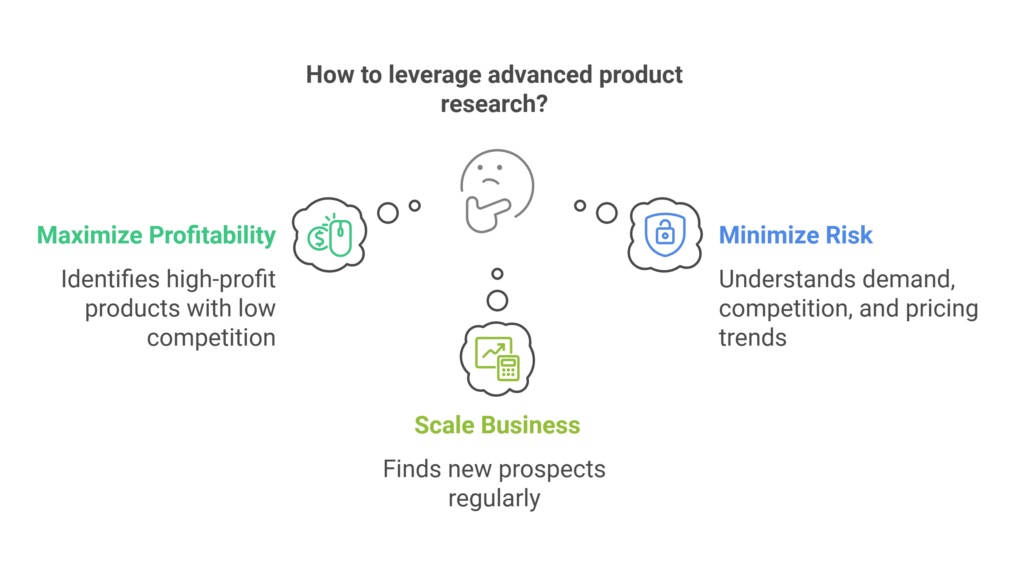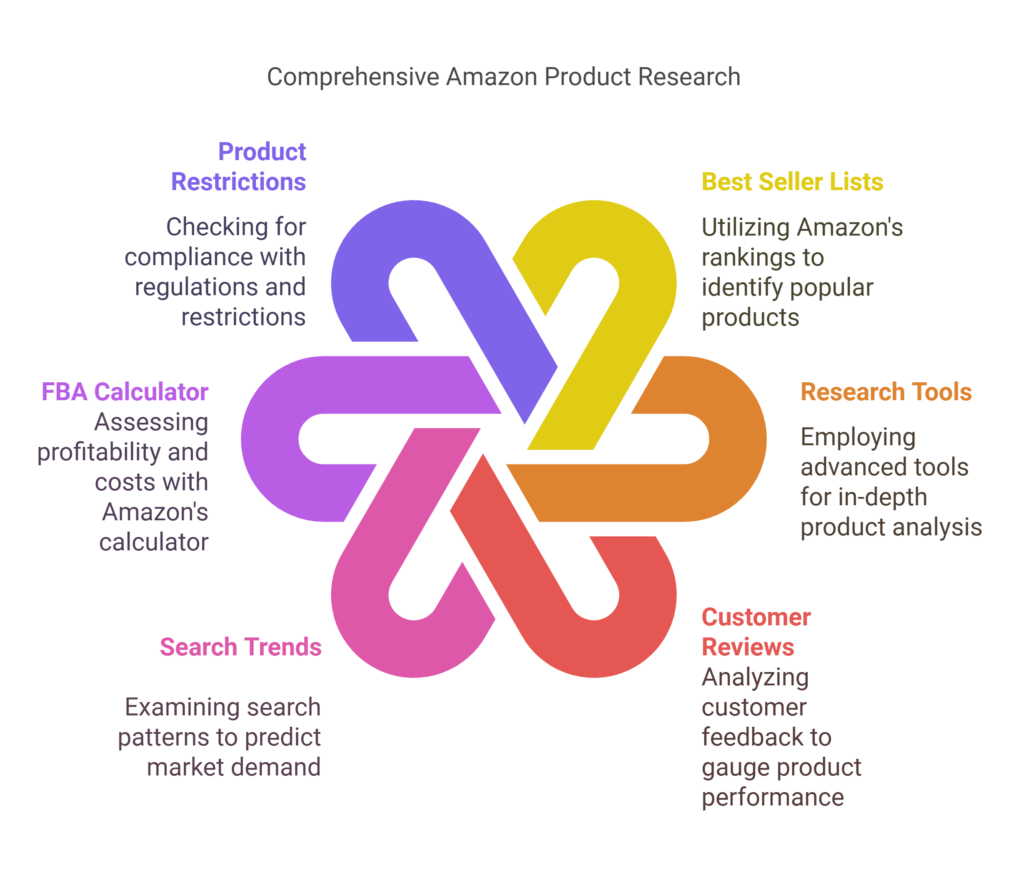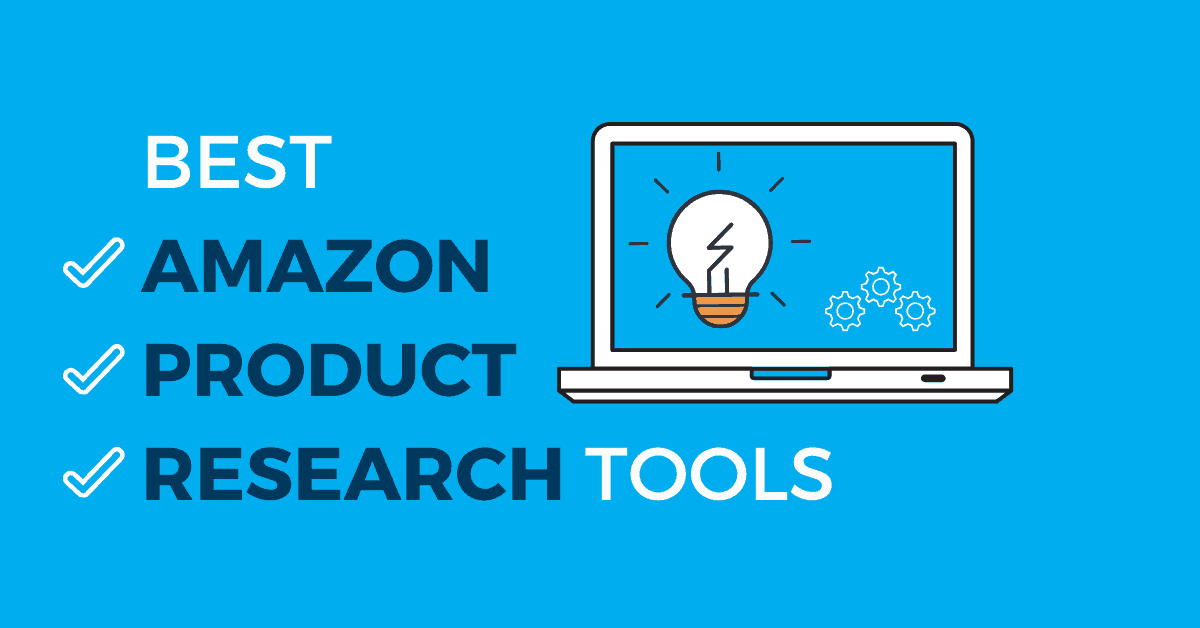How to Conduct Advanced Amazon Product Research
When it comes to selling on Amazon, the product selection is surely one of the most important things. There are millions of people selling on the platform, and the marketplace is this huge melting pot of different stuff, therefore requiring advanced research to come up with great items and ensure profits. The time spent by professional Amazon sellers in analysing data, trends, and competition is monumental. In this blog post, we will look into advanced Amazon product research techniques that will help you find high-demand, low-competition products and ultimately increase sales.
Why Advanced Product Research?
Advanced product research is important for several reasons:
- Maximizing Profitability: Proper research will identify products having massive profitability and minimizing the competition.
- Minimizing Risk: By understanding the demand, competition, and trends in the prices one cuts down on the risk of choosing products that won’t sell.
- Scaling Your Business: Once you learn the best techniques of advanced product research, you can scale your business by finding new prospects frequently.
Let’s now learn some advanced techniques to do efficient product research on Amazon.

Use Amazon’s Best Seller Lists and Trending Products
Amazon’s Best Seller Lists are a goldmine for product ideas. These lists show the top-selling products across various categories and subcategories, which can provide valuable insights into current trends.
How to leverage this:
Visit the Amazon Best Sellers page to check out the top products.
Focus on the categories that align with your interests or expertise.
Notice products that are consistently ranked high over time. Any stability in ranking means there is ongoing demand.
Scan for stand-out products in reviews and pricing. Such products may be lucrative to sell if you can source them at competitive pricing.
Apply Advanced Amazon Research Tools
Applying Amazon research tools can really speed up product discovery by providing critical data such as estimated sales, levels of competition, and even trends within a given product category.
Some of the most popular and effective tools for Amazon product research include:
Jungle Scout
Jungle Scout is considered the most comprehensive tool for Amazon sellers. It offers such features, which include: Product Tracker for the monitoring of both sales and inventory. Keyword research tools that will assist you in finding keyword demand. Opportunity Finder to flag for you those products with low competition, high demand, and more.
Helium 10
Helium 10 is another fantastic suite of tools designed for Amazon sellers. Key highlights are:
Black Box, which helps to find a product based on specific filters like price, volume of sales, reviews, etc.
Xray, which allows you to view detailed product data, including estimated monthly sales and FBA fees.
AMZ Scout
Another popular tool is AMZ Scout, which provides sales data, reviews, and competitors. The Product Database and Extension tools by these tools identify profitable niches and help in the assessment of competition. Why use the tools? They automate the process of data collection and generate insights that would otherwise take a lot of time to gather. These tools also filter out products with too much competition to find untapped opportunities.
Analyze Customer Reviews and Competitor Products
Understanding the wants of a customer and what other competitors are doing can be best understood through analyzing product reviews and listings.
Steps to take:
Identify top competitors in your niche by searching for similar products on Amazon.
Analyze their product listings focusing on:
- Product titles, descriptions, and images
- Review counts and ratings
- Keywords they are targeting in their product pages
- Customer reviews: Observe the praises and complaints.
- What do customers like about the product?
- What problems or issues are common or repeat?
Identify gaps in the products of your competitors. Can you enhance it? Are there features customers are asking for that you are not delivering?
Therefore, by understanding better where the pain points of customers lie and what competitors are offering, you can position your product to better satisfy demand and to further differentiate yourself.
Analyze Search Trends :
Google Trends and Amazon Search Bar Google Trends and the Amazon search bar can give you a clear idea of the product demand.
Google Trends
Google Trends will show the popularity graph of search terms over time. You can compare multiple products to find out which one is trending up; this helps determine how and when seasonal demand shifts or emerging trends occur.
How to use it:
Go to Google Trends.
Enter product-related keywords or niche terms.
Look for trends that rise from a deep level of historical data.
Amazon Search Bar
The Amazon search bar offers autocompletion suggestions based on what shoppers are searching for. This is actually one of the best ways to find long-tail keywords and popular product variants in your niche.
How to use it:
Type a relevant keyword in the Amazon search bar.
Notice the search terms which are suggested as these are actual popular searches by real customers.
These search terms can help refine your product ideas and give you an edge in identifying the high-demand products.
Analyze Profitability and Costs Using the FBA Calculator
Having a list of possible products, it’s time to evaluate profitability. With an Amazon FBA (Fulfillment by Amazon) calculator, you can calculate your margins on profit using the fees from Amazon, shipping cost, and product cost.
Steps:
Enter your selling price of the product, COGS, and other details in the FBA calculator.
You review the breakdown of Amazon’s FBA fees: storage fees, fulfillment fees, and commissions.
Take into account your shipping costs to get a clear picture of your potential profit.
This step ensures you are picking products not only on the basis of popularity but also for their profit-making potential.
Use Competitor and Market Research Data
Understanding your competition and saturation in the market is essential to succeed on Amazon. You want products that are in higher demand but with less competition. In this way, you increase your chance of succeeding.
How to measure competition:
Compare the number of reviews: usually a sign that the market is very competitive.
Check the seller’s rank (BSR): The lower the BSR, the higher the sales volume. But if the BSR is too high-meaning the competition is too intense-it might not be the best product.
Use tools like Jungle Scout or Helium 10, which provides more-detailed estimates of sales as well as a fair competition analysis.
Product Restrictions and Regulations Check
There are certain items that maybe prohibited for sales in Amazon, for instance, some health products, electronics, or those goods requiring special certification. Check on the eligibility of the product for sales in Amazon before purchasing.
What to do:
Check through Seller Central of Amazon for product category restrictions and guidelines.
Ensure any necessary approvals or certifications exist (for example, health products must be FDA approved).

Conclusion
Advanced Amazon product research is more than just picking popular products or cheap ones. It is about the analysis of data, understanding market trends, and finding some unique opportunities that fit what you are good at and fit into your business goals. By the right tools, competition analysis, profitability evaluation, and staying updated about market trend to make more informed decisions and choose which products have a huge potential for success. Remember, product research is a continuous process. New opportunities and challenges will emerge with the flow of time as Amazon marketplace evolves. By remaining proactive and constantly refining your strategies in product research, you can build a successful and scalable Amazon business.
